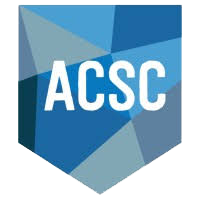 IT leaders are facing constant pressure to modernize cloud-based network infrastructure. Whether your team is focused on supporting hybrid work, improving campus performance, or simply managing growing networks with fewer hands, the ability to simplify operations while maintaining enterprise-grade control is critical.
IT leaders are facing constant pressure to modernize cloud-based network infrastructure. Whether your team is focused on supporting hybrid work, improving campus performance, or simply managing growing networks with fewer hands, the ability to simplify operations while maintaining enterprise-grade control is critical.
Cisco’s recent updates to the Cisco Catalyst 9300 series introduce a meaningful shift that directly addresses this challenge. For years, organizations have chosen Cisco Catalyst 9300 switches for their rock-solid performance and IOS XE capabilities. Now, by integrating the trusted Cisco Catalyst 9300 hardware with the Meraki cloud management platform, Cisco is giving customers a new way to manage campus networks that is both powerful and accessible.
This change is more than a feature update. It reflects a broader evolution in Cisco’s approach to network management. One that prioritizes choice, operational clarity, and long-term investment protection. For IT decision-makers, the Meraki-managed Catalyst switches represent an opportunity to gain cloud control without giving up the foundation they’ve trusted for years.
Let’s unpack what this shift means, why it matters, and how WEI can help you make the right move forward.
Why This Matters: A Strategic Shift for Cisco
Historically, Cisco segmented its campus switching portfolio between two management ecosystems: Meraki and DNA Center (now Catalyst Center). While each platform offered distinct advantages, customers were effectively forced to choose their operational path early and stick to it. Moving between platforms wasn’t practical, and many organizations found themselves locked into a framework that no longer aligned with their needs.
Now Cisco is offering a new level of interoperability. Select Cisco Catalyst 9300 models can be onboarded directly into the Meraki dashboard. Customers can also purchase Cisco Catalyst 9300 hardware preloaded with Meraki software. This allows Meraki-based deployment right out of the box. This dual-management support marks a significant pivot in Cisco’s strategy and presents IT leaders with a practical way to align hardware choices with modern management preferences.
This is particularly important given the widespread preference for cloud-based network management. Meraki’s dashboard provides a single-pane-of-glass interface that simplifies configuration, monitoring, and troubleshooting. For teams under pressure to do more with less, that simplicity is invaluable.
Watch: Inside WEI's Unique Customer Approach
What’s Changing with Cisco Catalyst 9300
At its core, the Cisco Catalyst 9300 is still the powerhouse of Cisco’s enterprise access switching portfolio. It remains the industry’s leading fixed access switch, known for its performance, security, and investment longevity. What’s different is how customers can now manage it within a cloud-based network environment.
There are two key integration points:
- Meraki Monitoring for IOS XE Switches
Customers running IOS XE on Cisco Catalyst 9300 switches can now monitor their devices through the Meraki dashboard. This provides a centralized view of device health and status across both Meraki and Catalyst environments. While configuration must still be done through CLI or Catalyst Center, IT teams gain a unified operational view without needing to overhaul their current deployments. - Meraki-Managed Catalyst Switches
For new deployments, Cisco Catalyst 9300 models can be provisioned to run Meraki software natively. These switches operate fully within the Meraki dashboard, with all the management capabilities users expect from traditional Meraki devices. This includes intuitive policy settings and integrated troubleshooting tools.
This dual-path approach preserves the option to transition at your own pace. Whether you want to gradually introduce Meraki management or go all-in with new Meraki-managed Catalyst switches, the decision is in your hands.
Why Customers Are Noticing
For many enterprise teams, the promise of the cloud isn’t just about offloading workloads, it’s about reducing friction. Meraki’s management model is popular for a reason. It minimizes configuration errors, reduces the learning curve for new staff, and improves responsiveness when issues arise.
With Cisco Catalyst 9300 now part of the Meraki ecosystem, the business case becomes even stronger:
- Unified Management Across Environments
Organizations with both Meraki and Catalyst hardware can now bring those devices into a common dashboard. This simplifies oversight, accelerates troubleshooting, and reduces the cognitive load on network engineers managing multiple tools. - Reduced Operational Overhead
The Meraki dashboard’s intuitive workflows cut down on the time it takes to deploy and manage campus infrastructure. That means fewer misconfigurations, faster resolution of issues, and less need for highly specialized command-line knowledge. - Preservation of Hardware Investments
If you already own Cisco Catalyst 9300 switches, you don’t have to rip and replace. You can begin by enabling monitoring within Meraki and determining whether full migration makes sense down the line. Cisco is offering flexibility without forcing an all-or-nothing decision. - Simplified Security and Compliance Management
With policies and security postures managed from a central interface, maintaining compliance across your access network becomes less complex. For regulated industries, this can significantly reduce risk and reporting burdens.
How WEI Helps You Make the Right Move
As with any technology shift, there is no one-size-fits-all answer. Some organizations will benefit from Meraki-managed Catalyst switches immediately. Others may prefer to start with Meraki monitoring while maintaining CLI-based control for more complex configurations. The right path depends on your team’s skills, business priorities, compliance requirements, and existing infrastructure.
That’s where WEI comes in.
We help our clients think through not just the technology itself but how it supports their broader operational goals. Our team works closely with your network architects and IT leaders to:
- Evaluate your current switching infrastructure and determine Meraki compatibility
- Plan for staged rollouts that align with project timelines and budget cycles
- Provide side-by-side comparisons of Meraki versus Catalyst Center workflows
- Address any policy, compliance, or security considerations when shifting management models
- Deliver hands-on support during onboarding, policy creation, and team training
In short, we help you make the shift with clarity and confidence. Whether you’re exploring cloud-based management for the first time or ready to standardize on Meraki-managed Catalyst switches for your entire access layer, our team is here to guide the process from strategy through execution.
Considerations for Decision-Makers
Before making the leap, there are a few questions every IT leader should ask:
- What is our current mix of Catalyst and Meraki hardware, and where are we going?
- How does Meraki management align with our operational processes and skill sets?
- Are there upcoming refresh cycles where a shift to Meraki-native Catalyst hardware would make sense?
- What regulatory or internal security requirements must we account for when centralizing management?
These conversations are best had early and with expert guidance. The good news is that you don’t have to figure it all out on your own. WEI can help with your cloud-managed Catalyst switches.
Final Thoughts
Cisco’s integration of Cisco Catalyst 9300 hardware with the Meraki cloud is not a short-term play. It signals a deeper commitment to simplifying enterprise networking while protecting the investments customers have already made.
With this shift, Cisco isn’t asking you to abandon proven infrastructure. It is offering a practical path to modern management. That’s a smart move for teams trying to meet today’s demands without derailing long-term strategy.
At WEI, we believe smart technology choices should serve your business, not complicate it. That’s why we’re excited about what this integration brings to the table.
If you’re curious about what it would look like to introduce Catalyst 9300 Meraki integration into your existing environment or how to plan a transition without disruption, let’s talk. At WEI, we’re here to help you make the most of what’s possible with cloud-managed Catalyst switches and a future-ready cloud-based network.
Next Steps: As businesses undergo digital transformation, the need for updated corporate networks and IT architectures becomes critical. Cisco ACI aids this shift by providing a network foundation that integrates with cloud environments and adapts to changing business needs.
Download this free WEI white paper below to find out more about this proven solution.












